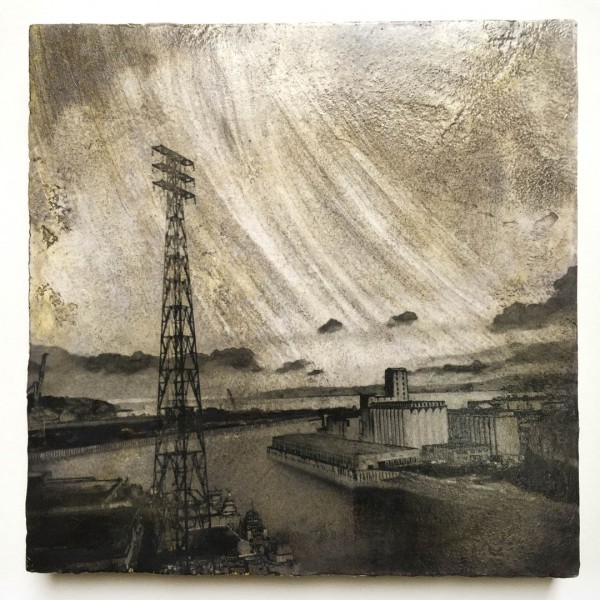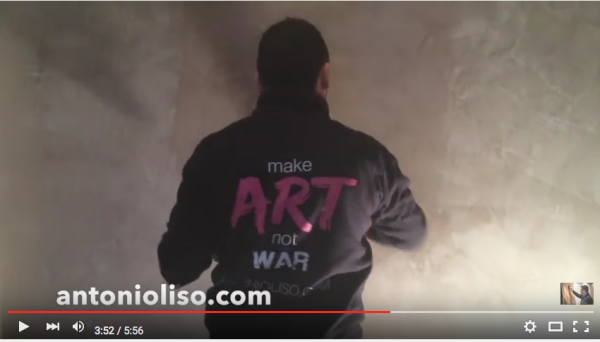
There are certain colors that just made life so much easier. Not to mention more luminous and radiant with saturated contentment and possibility, as if one were looking through a glass of lillet from a cafe in Firenze, just before dinner. Or surveying the vineyard from the ramparts, in a good year. And this color was not a cheap trick, although it could be used that way.
I am speaking, of course, about the dearly departed Quinacridone Gold, taken from us by unknown and sudden circumstance when I wasn’t looking. What you see above is my vain attempt to spin magic from earth colors, to replace a color originally used as dust on angel wings. Ochres, siennas, Azos, — pfft. Sorry Golden, I know you tried, but Azo is orange. I discovered after a panicked search that I have one nearly dried up jar of the original paint from 2007 (??) that I shall reconstitute and try to make last until the end times. Or I will just squint more and imagine that things looks as I should like them to. This new piece is underpainted with the beloved color and some other blends of earth and mica. Italy is but a dim memory here, muted by soot, but I wanted Quin Gold here to give a hint of radiance to the industrial scene glimpsed from the bridge above Harbor Island.

Image transfer onto rough and textured surfaces is not for the faint of heart. There is a lot of trial and error and holding one’s breath to move an image from photographic shimmer to an embedded life as an object. I think it is starting to work reliably, and I can begin to know how closely my imagery will translate. Now I am exploring the final finishes, and the technical issues of waxing over mixed media. Many of the craft solutions I have found online have no track record for longevity, so the scrapbooking community with its decoupage and furniture polishes has not been a lot of help on this.
When an acrylic resin is poured or painted over a surface it feels plastic and shiny, and for work with a textured field I want something more tactile. So far a satin wax from Stucco Italiano seems promising. I have also tried Renaissance Wax, Dorland’s Wax, and various of the Golden acrylic products, which never have the feeling I am looking for. Acrylic also tends to remain tacky forever, which makes shipping and wrapping complicated. On some of the Golden Acrylic resins I have used, like the tar and self-leveling gels, the Renaissance wax has seemed to help “cure” them so they are less fragile. But first the surface has to be scuffed with steel wool or another scrubber, and it tends to dull the colors. Both the Dorlands and Rennaisance don’t seem to “like” acrylic; they are finnicky, and sometimes come right off in burnishing. I welcome any suggestions from the surface fanatics out there. What can you put on acrylic to make it less shiny and more resilient, while keeping the brilliance of the color? What are your favorite final varnishes for mixed media (that won’t eat through paper or yellow over time?)
To unwind at the end of a day in the studio I have become a passionate fan of the Beautiful Italian Men Putting Plaster on Walls channel on YouTube. My new favorite form of “time-based art”: Italian men troweling plaster on walls with immaculate authority. To wordless soundtracks of lugubrious largos and antic allegrettos. Vivaldi never looked so good —I recommend it.

Leave a Reply